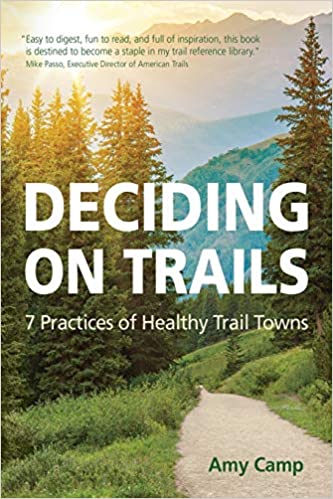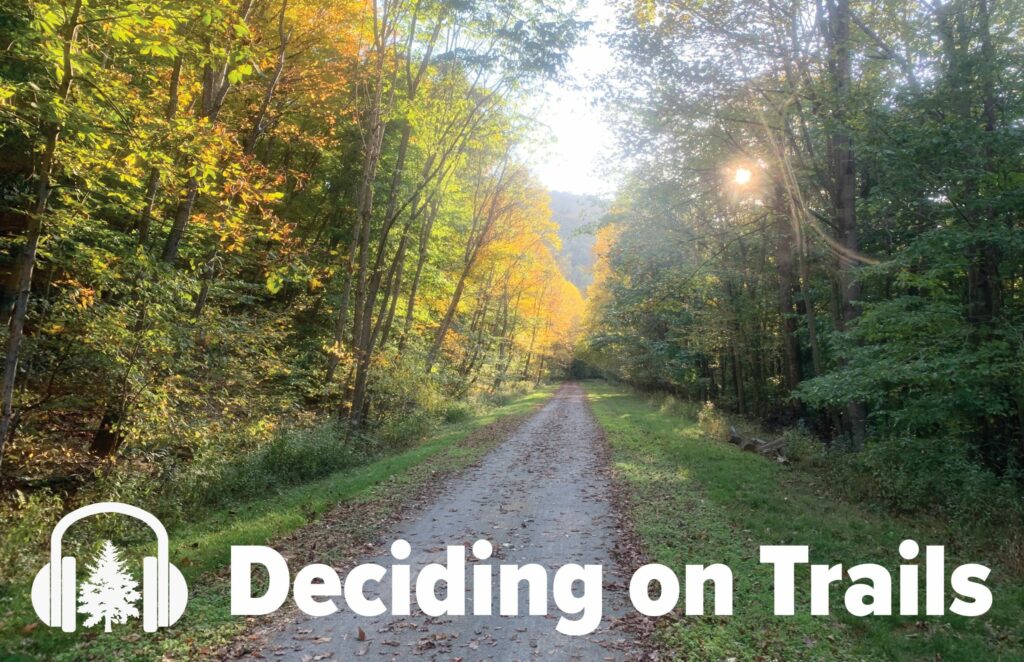Trails can be a tremendous economic opportunity for small towns – but all the funding and political muscle in the world won’t matter if your trail project doesn’t address real community needs and center community voices. In her new book, trails advocate and community-builder Amy Camp explains why the most successful Trail Town initiatives are built on an authentic local “trails culture” and a community-wide decision to invest in trails.
Everybody knows trails are good for business. They boost nearby property values, generate spending at local businesses, and help employers attract top talent to the area. These benefits have motivated lots of Pennsylvania cities and towns to embrace trail development – and in many postindustrial areas, trail-based tourism has been an economic lifeline.
Trails should serve local residents before anyone else.

But, according to trail expert Amy Camp, the key to success for any trail project is authentic, organic, community-level support.
“I think that trails should serve local residents before anyone else,” said Ms. Camp. “I mean, we should build trails for our local residents, and then anyone who comes and enjoys them from other places – that’s added bonus.”
Ms. Camp helped pioneer the community-development concept of “Trail Towns” – a model with roots in Pennsylvania that has since been adopted by communities across North America.
The Trail Towns program launched in 2007 along the Great Allegheny Passage in southwestern PA. Since then, it’s become an international model for creating the kinds of conditions in which trailside communities can prosper – economically, socially, and culturally.
Ms. Camp was with the program from the very beginning, and the experience led her to start a consulting business, Cycle Forward, specializing in trail-centered community-building, with clients all over the U.S. and Canada. Her new book, Deciding on Trails: 7 Practices of Healthy Trail Towns, synthesizes those lessons into practical advice for communities trying to define their relationship to their local trail system.
 “There’s not always an underlying trail culture in trail communities. So that’s why I wanted to speak to this component of trail towns, which is the importance of a culture in which the community has decided to embrace trails, and not just for economic purposes.”
“There’s not always an underlying trail culture in trail communities. So that’s why I wanted to speak to this component of trail towns, which is the importance of a culture in which the community has decided to embrace trails, and not just for economic purposes.”
The book covers the history and impacts of the Trail Town Program, provides seven best practices for Healthy Trail Towns, and ends with a reflection on where there is room for improvement in regards to trail towns, and, in light of the COVID-19 pandemic, how trail towns can make it through challenging times.
Links:

